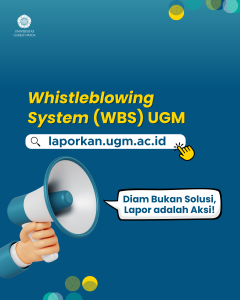On Saturday, 9 November 2024, third-semester students of the Dental Hygiene Program participated in a practicum focusing on angiogenesis and its role in the gingival wound healing process. The practicum took place at the DLC Integrated Laboratory on the fourth floor, providing students with a hands-on learning experience crucial for their future careers in dental health. This activity aimed to enhance their understanding of biological processes while aligning with the Sustainable Development Goals (SDGs) related to affordable medicine and education in developing regions.
During the practicum session, students observed control and treated specimens, with each group assigned to count the number of blood vessels in their samples. This hands-on experience was designed to develop their skills in microscopy and data analysis, essential for their future roles in dental health. By engaging in this activity, students gained insight into the complexity of angiogenesis and its implications for wound healing.
The observation process involved using microscopes to carefully examine each specimen. Students took measurements from ten different fields of view to ensure accurate and reliable data collection. This methodical approach allowed them to analyze the number of new blood vessels formed, providing valuable insights into the effectiveness of various treatments for gingival wound healing. These skills are critical for research and clinical applications in dental health.
To ensure safety and professionalism during the practicum, all students were required to wear lab coats. This not only protected them but also instilled a sense of responsibility and adherence to laboratory protocols. Proper lab attire is a fundamental aspect of laboratory work, emphasizing the importance of safety in scientific research. This practice aligns with the SDGs by promoting a culture of safety and professionalism in education.
This practicum session was not just an academic requirement but an opportunity for students to engage in experiential learning. By applying theoretical knowledge in real-world settings, students could better appreciate the complexity of biological processes such as angiogenesis. This aligns with SDG 4 by promoting quality education and encouraging a deeper understanding of health-related issues.
The insights gained from this practicum can contribute to ongoing research in dental health. Understanding how angiogenesis affects wound healing can lead to better treatment protocols and improved patient outcomes. This knowledge is essential for future innovations in dental practice and therapies, ultimately contributing to the goal of affordable medicine and better health for all.
The practicum session on angiogenesis in gingival wound healing was a significant educational opportunity for students. It emphasized the importance of hands-on learning and the application of scientific principles in real-world scenarios. By participating in this session, students not only fulfilled their academic requirements but also contributed to broader goals of improving health and education in their communities.
Contributor: Sri Pujiatun | Author: Al Haqi Insan Pratama



